Soccer physical exercise: physical preparation guide
Technique and tactics no longer hold any secrets for you, but you're being held back by a lack of physical ability? Whether it's a lack of cardio, muscular deficits or repeated injuries, these are all obstacles in your quest for progress. But don't worry, Netsportique is here to give you all the essential keys to generalized physical preparation for soccer, so you'll gain in robustness and that will make you a better player in your performances.
The soccer fitness bible: where to start?
When we talk about physical preparation for soccer, we inevitably think of sweat, hard work and quasi-military seriousness. However, it's important to remember that every body is different, so each player will be able to absorb a different dose of work than his or her team-mate. So, above all, it's important to listen to your body.
This is all the more true in the world of amateur soccer, where coaches don't always have the time, means or skills to individualize work. This is what will make the difference: the higher the level, the more clubs will have competent and qualified physical trainers at their disposal.
In the end, it's all a question of adaptation: physical preparation isn't just for professionals, it's just as important in the amateur world to be well prepared physically.
Whether amateur or professional, there are some basic rules to follow when it comes to PPG:
- Try to individualize the program as much as possible: if you give the same workload to your whole group, the weakest will injure themselves because of the overload, and the strongest won't progress because it won't be enough for them.
- Think in terms of intensity rather than volume: one exercise done at 100% of capacity will always be worth more than two exercises done at 40%. Thinking in terms of intensity also means respecting the principle of progressiveness, "building up to a crescendo" as you go along.
- Adapt your program according to your position: an attacking player's ultimate aim will be to be explosive and lively; a midfielder will need to have a big chest, which means a rock-solid cardio system; and a defender will need to be solid, powerful and have good release. These goals are achieved by working on different exercises.
- Use feedback and perceive body signals to readjust workloads: avoiding injuries is vital if you don't want your preparation to fall through. So you need to listen to players' feedback and also know how to perceive body signals yourself, because sometimes certain players can either "cheat", resulting in a preparation deficit, or pull the string and risk injury.
- Recovery, an integral phase of PPG: it can be tempting to start out too intensely in preparation or to neglect recovery phases, yet without recovery we greatly increase the risk of injury. And quite simply, the recovery phase allows the muscles to progress.
- Don't forget to enjoy yourself
What is the role of the fitness trainer? How do you choose one?
Physical preparation is an integral part of a player's performance. It goes without saying, therefore, that the physical trainer has a key role to play in a team's success. He will work in collaboration with the trainer to improve the players' physical condition.
He will base his work on :
- The basics: basic cardio, the "trunk" as we might say, i.e. basic aerobic capacity and endurance.
- But also on the players' general physical abilities, such as coordination, strength, power, speed, alertness and explosiveness - all qualities needed to be a complete footballer!
Through his daily work, and with the support of the club's doctors, he must also prevent injuries .
To achieve this, physical trainers have a thorough understanding of the human body and a footballer's general metabolism. Today, they work with advanced technical equipment and technological tools to measure players' efforts, find out about their capabilities and monitor their individual development. It's thanks to these tools that professional clubs are now able to monitor each player individually.
So it goes without saying that physical trainers today are extremely competent and qualified individuals, even in semi-professional circles at regional level.
General physical preparation: What's it for? When to start?
Following the summer break, when players enjoyed a few weeks' vacation before starting the new season, it's time to put on the boots again, or rather the sneakers, to get back into shape.
It's important to remember that cardio is probably the physical element that is lost most rapidly during periods of inactivity, so that's what PPG is all about: gradually regaining a general aerobic capacity (endurance capacity) enabling you to run at high intensity for as long as possible. This is also known as VMA (Maximum Aerobic Speed) and varies from player to player.
5-WEEK PHYSICAL PREPARATION PROGRAM (EXAMPLE)
Ideally, a general physical preparation program is divided into several phases, as follows (the periods will be more or less long and intense, depending on whether you're an amateur or a professional):
-
After 1 month's inactivity and before 2 weeks before the official resumption of collective training, it's advisable to do some jogging at a regular pace without pushing, to get the body used to exertion again.
-
Next comes PPG, when we assess each player using a VMA test, and then divide them into groups of different levels, so as to individualize their training as much as possible.
-
We can then start working on this basis, with endurance training at a maximum of 70% of VMA. This way, each player will be at "his" 70%, working at his own pace and according to his own needs.
-
Gradually, we'll move on to more and more intermittent exercises, with gradual changes of pace and phases of acceleration and recovery. This phase is absolutely essential, because in the long run, running at the same pace is not conducive to progress. Soccer is a sport where you're constantly changing pace, so you need to get your body used to sudden changes in intensity, and that's when you're really going to improve your endurance in real-life situations!
-
And last but not least, if you can then adapt these exercises to include the ball, that's perfect, as it's the closest you'll get to real-life matches.
-
It's also worth noting that this improvement in stamina also involves regular muscle-strengthening work , which will enable muscles to better withstand workloads and prevent injury .
-
Bodyweight training (sheathing, push-ups, abs, lunges, etc.)
-
Use of additional loads (weights, dumbbells, bars, weights, etc.)
No preparation is perfect, but it's a 5-week model that's easy to follow, whatever your level of fitness. With this kind of preparation, you'll reach your full potential within a month and a half of returning to competition.
What are the advantages of following a PPG program?
The advantage of following a PPG program is that you'll be following a framework that's perfectly adapted to the needs of your body and muscles. This enables your muscles to reach their full potential and, above all, to avoid injury. And, quite simply, it's the best way to perform on the pitch, because physical fitness is inseparable from technique. With PPG, there's no doubt that you'll perform much better!
If you start directly after inactivity, with changes of pace and high-intensity runs, you can be sure that your muscles will suffer, and injuries will undoubtedly occur! That's why it's so important to evaluate yourself first, then find out how much you can improve. That's all the more reason to listen to your body, gain a true understanding of your abilities and avoid setbacks.
How to prepare for soccer?
Focus on specific, targeted exercises
As we emphasized at the start of this article, it's important for each player to be able to work properly according to the position he or she occupies in competition. Even if, generally speaking, a footballer needs to have very versatile skills from a physical point of view, it's certain that certain skills are more appropriate for certain positions than others.
- Goalkeepers: the most important quality for a goalkeeper is reflexes, responsiveness in general! For a goalkeeper, even if a minimum is required, stamina is far less important than muscle tone, which provides explosiveness and reactivity. The goalkeeper's preparation will very quickly focus on specific goalkeeper training, in parallel with careful muscular strengthening.
- Defenders: defenders are, along with goalkeepers, the players most in demand throughout the season. They are rarely replaced, and play virtually every match. The priority for a defender is therefore to remain solid, to have the power to get the better of opposing attackers. This requires a high level of muscular strengthening, combined with coordination and explosive exercises to enable you to turn around very quickly. You also need to dominate your opponents in the air by heading the ball, where your explosive strength will be used for dry rebounding.
Lateral defenders need to have a high aerobic capacity to go back and forth between defense and attack, while still being highly explosive! Small coordination exercises should be a priority!
- Midfielders: midfielders are the constant link between defense and attack, and their main role is to recover the ball. They are the real hunters of the opposition, so they cover a lot of ground (around 12 km per professional match). In other words, they need to have unfailing stamina, otherwise they'll quickly be outmatched in the heart of the game. On top of that, you need to keep your wits about you to supply your strikers with the right balls! Intermittent physical exercise, with and without balls, is a priority for them.
- Attackers: there are several styles of attacking players. Wingers need to be fast, making incessant, high-intensity runs to put the opposing defense at risk. This means focusing on very high-intensity drills and repetitive efforts, with and without the ball, in order to maintain skill in moments of truth in front of goal, since the priority is to give your team the lead.
There may also be forwards of greater size and power, who will have to withstand the onslaught of two defenders on them, so you'll need to be sturdy and solid to be a real anchor for your team, taking the pressure off your team by keeping the ball and directing play well.
Follow a progressive program
It's important to gradually build up intensity throughout your physical preparation. You first need to get your body used to the effort involved, before accelerating to get it used to more sustained rhythms. The body, no matter how marvellous, needs to warm up, repeat efforts to get up to full speed and, of course, recovery too!
Following a progressive program also serves as a precaution against injury. The sensors we have all over the body and muscles will activate more quickly, sending out signals well in advance of injury to warn the body.
Progressive training simply allows the brain and body to be more in harmony. Remember, it's the brain that controls the body, and there's no point in going off too quickly and fearing injury!
Work on your strengths and weaknesses
It's human nature to rest on our laurels. We all find it hard to give up our comforts. It's true that it's nice to do something you enjoy and that you're good at! We love winning and seeing ourselves succeed, so it's nice to work on our strengths! But it's the little things that make the difference at the top level. So it's vital to work on your weak points too.
At the top level, you will very rarely see players with diametrically unbalanced skills. There's no point in having great stamina but being systematically caught out by your opponent in duels because of your lack of physicality, or vice versa.
It's important to be versatile in all your skills if you want to last at the top level. And above all, it's something you have to maintain over time. The best example is Cristiano Ronaldo, whose physical preparation and hard work on a daily basis have enabled him to be at his physical best at the dawn of his 36th birthday!
Exercises with or without the ball?
This is THE major point of debate today between followers of these two schools of thought. Twenty years ago, almost all PPG trainers across the globe swore by running without the ball, with heavy sessions of jogging, running, sprinting and muscle strengthening, to the extent that this lowered the overall quality of footballers by restricting themselves to choosing players who were more physical, to the detriment of technical quality.
Today, with the advent of young coaches and soccer theorists who have extensively studied the game and physical preparation, we're increasingly coming back to working on physical fitness through exercises with the ball. This is also the case for all Portuguese coaches, who are particularly adept at physical training with the ball.
As we said earlier, what's important is the intensity you put into the exercise, so physical work is completely compatible with the ball. It's all the more natural since, in a match, you're working hard in contact with the ball. It also has the added advantage of giving the players pleasure, and the notion of pleasure must remain a major factor in sport in general. Players are much more likely to make the effort naturally, because when you're running with the ball, you concentrate more on the ball and less on the physical effort you're putting in, so there's a double benefit!
This article is not about favouring one way of doing things over the other: both have their qualities and both have been tried and tested. Let's just say that they can complement each other very well.
Pre-season or post-season preparation?
Of course, PPG should be done before the season, because it's absolutely essential in preparing for a season, but it's not an end in itself! It's essential to keep a certain thread running throughout the season, with occasional reminders to keep the body in a positive frame of mind.
But of course, invisible work after the season (even during rest periods) is essential. Hydration, without which muscles cannot perform at their best, a healthy, balanced diet, sleep and recovery are all elements to be taken into account at the end of the season in preparation for next season. The more a player takes these elements into account, the more likely he or she will be able to perform at a high level on a regular basis! Find out more about pre-season soccer physical preparation.
What physical preparation equipment should I choose?
At Netsportique, you'll find a wide range of products at the best prices on the market!
We have a wide range of studs and cones which you can use to mark the boundaries of your various physical races or VMA tests, particularly if you have a running track around your pitch.
We also have a wide range of equipment to help you carry out coordination exercises on the field, or physical circuits with a ball, such as ..:
- Poles and cones
- Rhythm ladders: combinable, octagonal, foldable
- Hurdles: foam, flexible, adjustable
- Slalom poles
- Hoops
To work the lower limbs in resistance exercises, we have products that will suit you perfectly, such as :
For a strong, robust body and muscle tone that will give you speed and explosiveness, opt for our muscle-strengthening products:
- Ab wheel
- Medicine ball
- Barre, Discus, Kettlebell
- Body-building handles
- Muscle-building elastics or multi-taskelastics
- Balance plate
- Suspension straps
- Door gym
And last but not least, essential products for any good physical preparation, such as stopwatches and whistles, as well as paramedical equipment for recovery, such as :
PPG: an essential element for performance on the pitch
Generalized physical preparation in soccer is a central element in a player's quest for progression, as it is an integral part of good performance. The higher the level, the better the physical fitness and the better the technical skills to make a good player! Whatever the level of practice, there are basic physical preparation requirements that need to be met in order to develop a body that is in perfect harmony with the ball. Everything's easier when you're physically fit.
Now that you've mastered the basics of physical preparation, it's time to take action. To help you build the physique of your dreams and perform at your matches, Netsportique has designed a range of quality training equipment at great prices. Numerous sports clubs have chosen our equipment for their grounds and have noted a clear increase in their players' performance. Contact us for more information.
Discover our other guides for joining a training center or improving your penalty-shooting performance.

 German : Konditionstraining fußball : ein umfassendes handbuch
German : Konditionstraining fußball : ein umfassendes handbuch  French : Exercice physique foot : guide de la préparation physique
French : Exercice physique foot : guide de la préparation physique  English : Soccer physical exercise: physical preparation guide
English : Soccer physical exercise: physical preparation guide  Spanish : Ejercicio físico en el fútbol: guía para la preparación física
Spanish : Ejercicio físico en el fútbol: guía para la preparación física  Italian : Esercizio fisico nel calcio: guida alla preparazione fisica
Italian : Esercizio fisico nel calcio: guida alla preparazione fisica  Dutch : Lichamelijke oefening voor voetbal: gids voor lichamelijke voorbereiding
Dutch : Lichamelijke oefening voor voetbal: gids voor lichamelijke voorbereiding 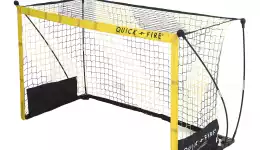
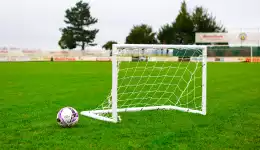
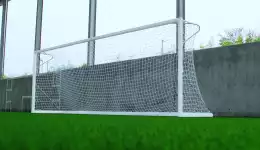
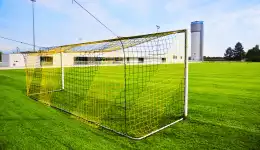
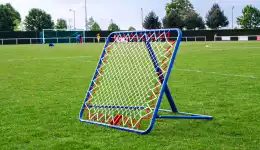
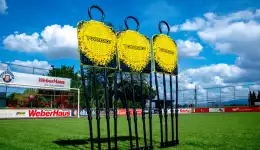

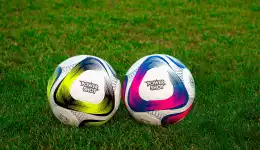
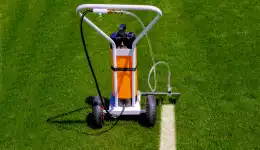


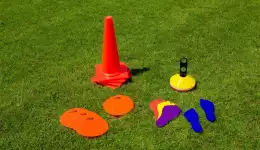

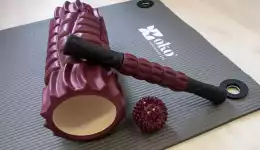
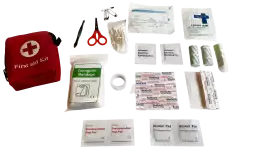

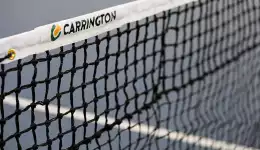
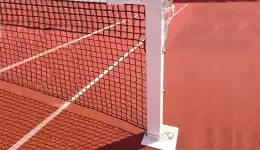

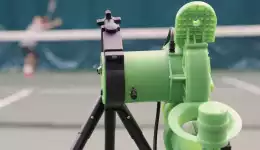
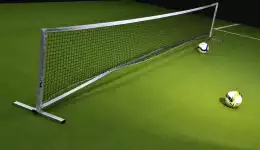

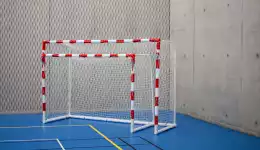
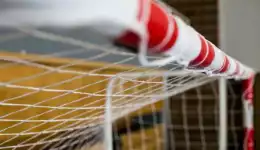
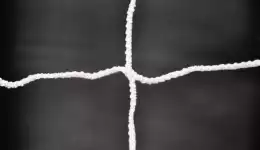
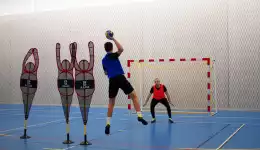
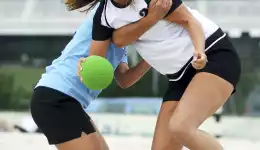
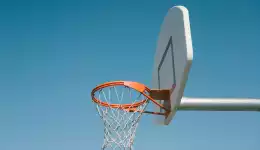
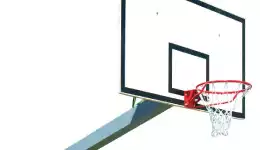

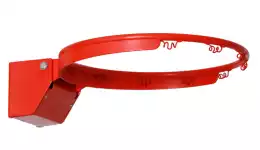
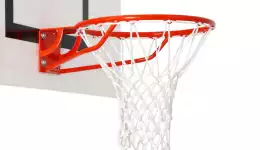
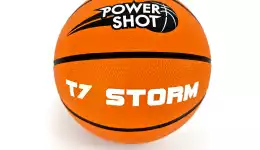
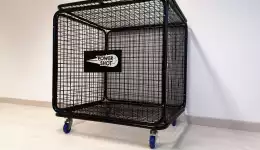
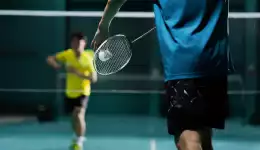
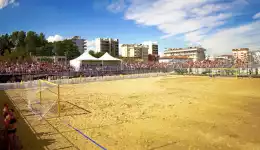
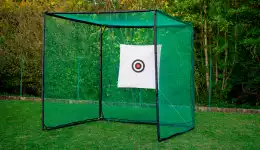
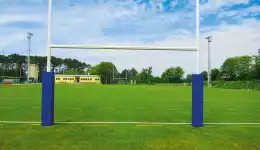
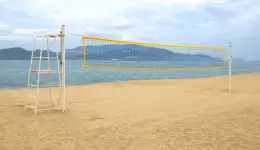
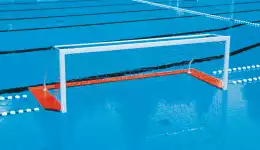












.jpg?width=400&height=300&crop-to-fit=1&quality=70&save-as=webp)

